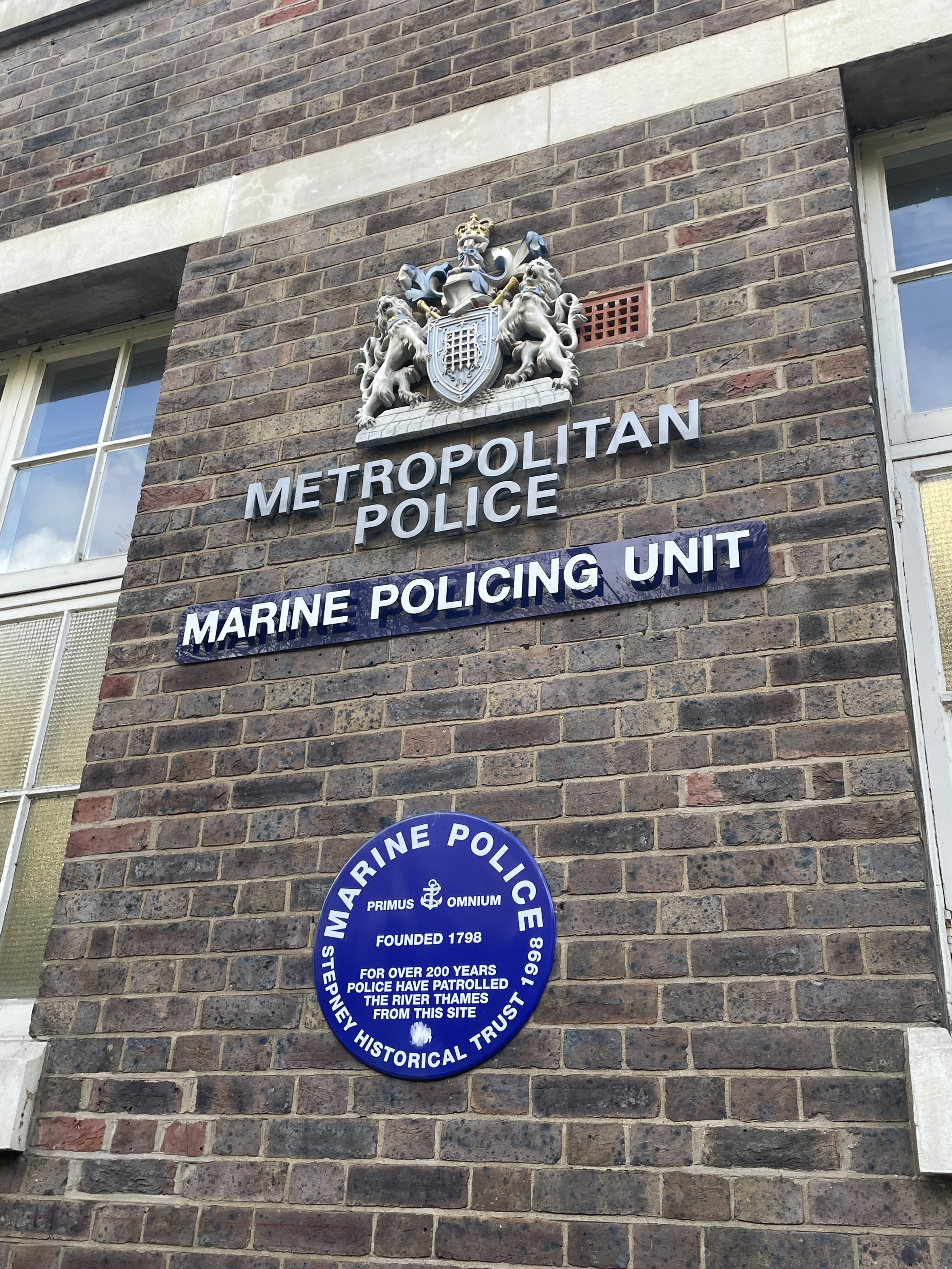Focus on WappingーLocal history
History of Wapping
Wapping is an administrative district located in the eastern part of London, in the Tower Hamlets borough.
The name Wapping is derived from a Saxon individual and leader named Waeppa, who was among the first residents of this area. Situated along a section of the Thames River embankment, much of its historical significance is associated with water and trade. In the past, Wapping had numerous docks (locations where ships would dock for loading and unloading of cargo, as well as repairs). Over centuries, many local residents who lived and worked here were involved in ship-related businesses such as mast manufacturing, shipbuilding, and parts production.
During the Second World War, Wapping suffered significant damage from German air raids known as the Blitz. As a result, the dock industry closed, and the economy declined. However, in the present day, tall residential buildings have begun to rise along the Thames River, blending with Wapping's long history.
Blitz Memorial - ブリッツメモリアル
This memorial is designed by the British sculptor Wendy Taylor. The dove symbolizes hope and serves as a representation of those lost to loved ones.
Many ports in London became strategic targets for German bombings during World War II to cripple shipbuilding industries and the economy. This area was one of the poorest and most densely populated in London, suffering countless bombings that resulted in the loss of many lives, including civilians.
Wendy Taylor's works, themed around the passage of time, can be found throughout the city of London. "Time Piece" is within walking distance from the Wapping area, making it a worthwhile visit to explore along with the memorial. ⭕️
Wendy Taylor - Time Piece 1973/ St Katherine’s Dock
Wendy Tylor- Tourtoises with Triangle and Time 2000/ Holland Park

















